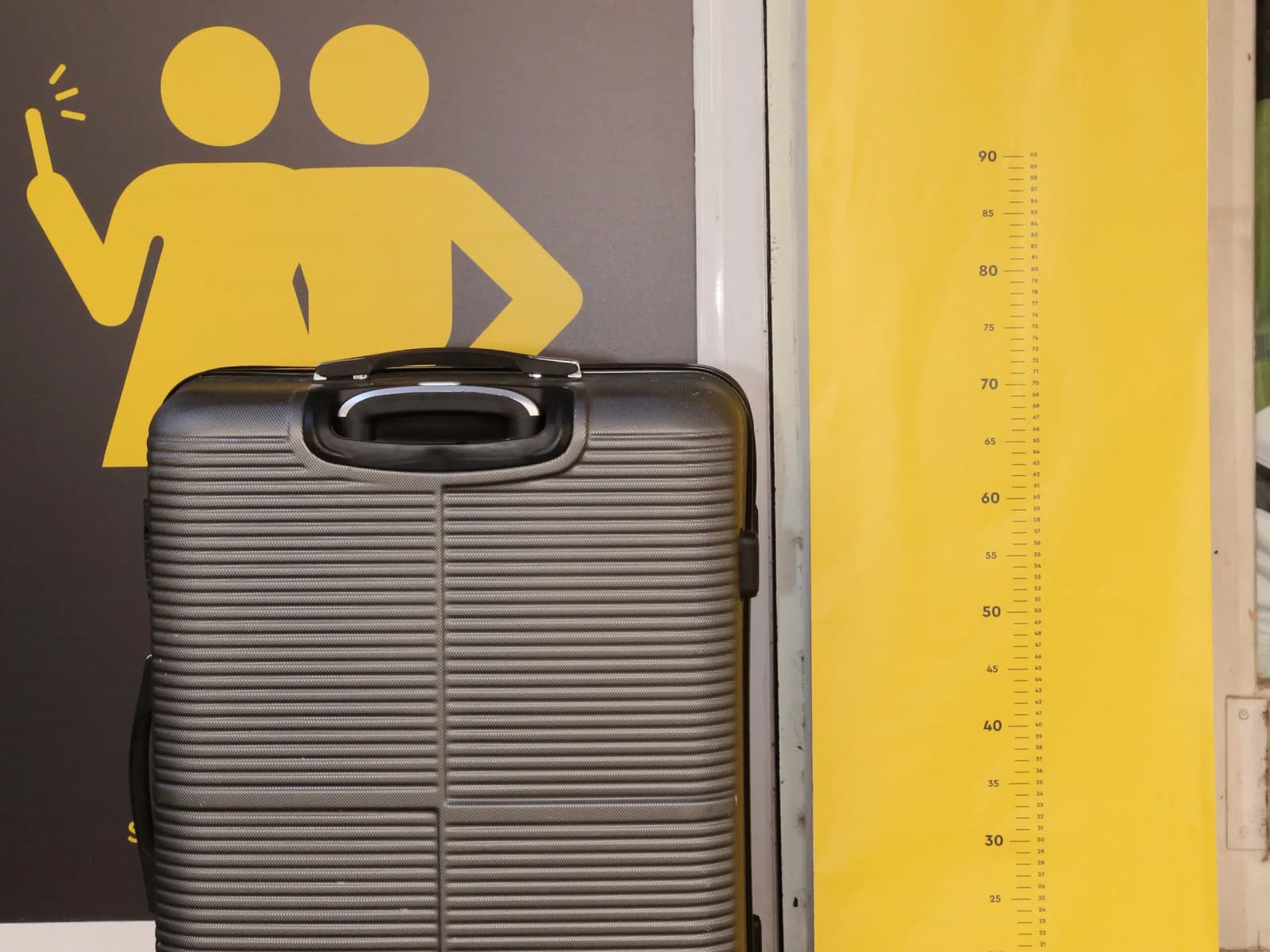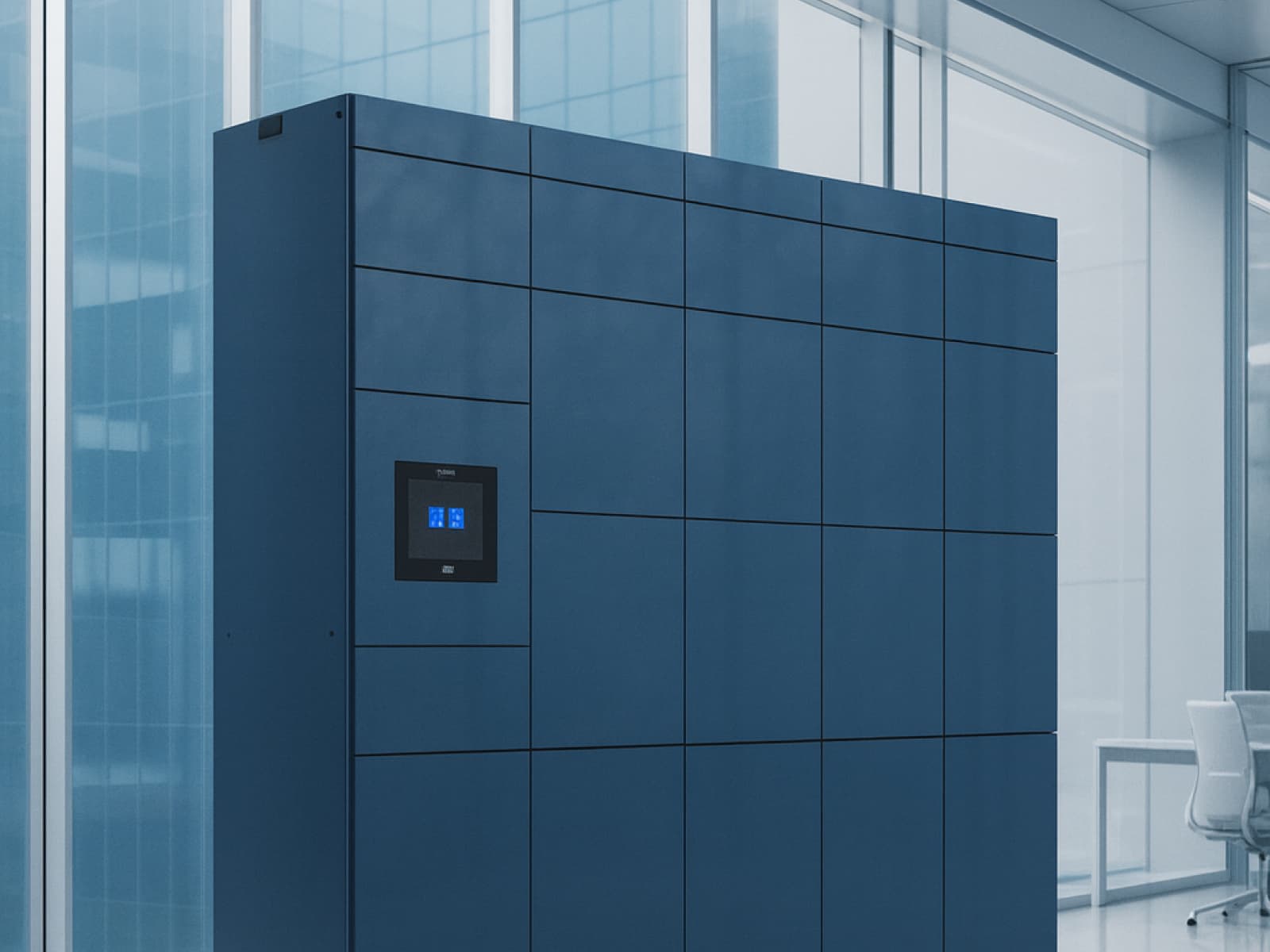Smart Lockers for Public Spaces are a game-changer. This is because public spaces are more than just open areas—they are the heart and soul of a thriving community. By providing places for people to gather, interact, and engage, public spaces have the power to transform cities and improve the quality of life for their citizens. In this article, we will dive deep into the benefits of public spaces, exploring their social, health, economic, and environmental advantages. Join us on this enlightening journey as we uncover the hidden gems of these invaluable communal areas.
Understanding Smart Lockers for Public Spaces
Before we delve into the benefits, let's take a moment to understand what public spaces truly are. Simply put, public spaces are areas that are accessible to all members of the community. These spaces come in various forms, from urban parks and plazas to community gardens and library courtyards. They are places where people can relax, play, exercise, and socialize, promoting a sense of belonging and togetherness.
Definition and Importance of Public Spaces
Public spaces are more than just physical locations; they are the heart and soul of a community. They serve as the backdrop for countless memories and shared experiences. Whether it's a family picnic in the park, a friendly game of basketball on a public court, or a spontaneous gathering of friends in a plaza, these spaces hold the power to bring people together and strengthen social bonds.
Social Benefits of Public Spaces
To truly grasp the significance of public spaces, we must explore their social benefits—the ways in which they bring people closer together and strengthen the social fabric of a community. Let's delve into two key aspects: encouraging community interaction and promoting cultural expression.
Encouraging Community Interaction
Public spaces act as magnets, drawing people out of their homes and into the shared space of the community. Whether it's a group of neighbors meeting at a park for a picnic or a friendly game of basketball at a local playground, these interactions are the building blocks of a connected society. By fostering face-to-face interactions and informal conversations, public spaces create opportunities for new friendships, collaboration, and a sense of belonging.
Promoting Cultural Expression
Cultural expression is a vital part of any society, and public spaces provide a stage for it to flourish. Street performers, art installations, and seasonal festivals all find their home within these communal areas, enriching the urban landscape with creativity and diversity. By celebrating cultural traditions and expressions, public spaces create a shared sense of pride and identity among community members, fostering a vibrant tapestry of human experiences.
Health and Well-being Benefits
In addition to their social advantages, public spaces offer a myriad of health benefits, supporting the physical and mental well-being of individuals. Let's explore two essential aspects: opportunities for physical activity and mental health advantages.
Opportunities for Physical Activity
Public spaces provide ample room for individuals to engage in physical activities and lead active lifestyles. From jogging tracks and sports fields to playgrounds and bike paths, these spaces invite people of all ages to move their bodies and embrace a healthier lifestyle. By making physical activity accessible and enjoyable, public spaces play a crucial role in combatting sedentary lifestyles, obesity, and related health issues.
Mental Health Advantages
Just as public spaces promote physical well-being, they also nurture mental health. Research has shown that spending time outdoors, surrounded by nature and community, can reduce stress levels and improve overall mental well-being. The tranquility of a park, the calming sound of a fountain, or the serenity of a garden—all offer respite from the fast-paced modern world and can provide solace and rejuvenation for the mind.
Economic Advantages of Smart Lockers Public Spaces
Beyond the social and health benefits, public spaces have a profound impact on the local economy. By attracting people and fostering a vibrant environment, these spaces contribute to the economic vitality of the surrounding area. Let's explore two critical aspects: boosting local businesses and increasing property values.
Boosting Local Businesses
Public spaces act as catalysts for economic growth, attracting visitors and customers to adjacent businesses. Whether it's a bustling street market, a cafe along a park, or shops lining a pedestrian-friendly promenade, public spaces create opportunities for local entrepreneurs and small businesses to thrive. The foot traffic generated by these spaces brings life to the surrounding neighborhood, stimulating economic activity and fostering a sense of commercial vibrancy.
Increasing Property Values
Properties located in close proximity to well-designed public spaces often enjoy increased desirability and higher market values. These spaces enhance the livability of neighborhoods, creating attractive environments that make people gravitate towards them. Communities with accessible parks, gardens, and recreational facilities become sought-after destinations, leading to a positive impact on property values and investment opportunities.
Environmental Impact of Public Spaces
Lastly, public spaces have a profound environmental impact, contributing to the sustainability and resilience of our cities. Let's explore two key aspects: enhancing urban biodiversity and mitigating climate change effects.
Enhancing Urban Biodiversity
Public spaces provide havens for flora and fauna amidst the concrete jungle. Parks, community gardens, and green roofs offer habitats for insects, birds, and small mammals, promoting urban biodiversity. This ecological diversity benefits the overall health and balance of urban ecosystems, playing a crucial role in preserving our natural heritage and creating sustainable cities for future generations.
Mitigating Climate Change Effects
Public spaces contribute to climate change mitigation by acting as green lungs within our urban environment. The trees and plants within these spaces absorb carbon dioxide, reducing greenhouse gas emissions and providing cleaner air for communities. Furthermore, public spaces often incorporate sustainable design features such as rain gardens and permeable pavements, helping to manage stormwater runoff and prevent flooding—a growing concern in an era of climate change.In conclusion, public spaces are not mere amenities; they are essential components of a thriving community. From social cohesion and improved health to economic vitality and environmental sustainability, the benefits of public spaces are far-reaching. As we continue to value the importance of public spaces, we must invest in their creation, maintenance, and accessibility. By doing so, we can shape cities that prioritize the well-being and happiness of their citizens, creating dynamic and inclusive communities for generations to come.
FAQ about Smart Lockers
How does the Keynius locker system work?
Keynius lockers combine smart electronic locks - smart locks and battery locks - with cloud-based software and optional local controllers via our Smart Home Teacher and Students.
Locks connect via LAN or Bluetooth to the Keynius platform, allowing users to authenticate, open, and manage lockers through touchscreens, RFID, PIN, or mobile app.
Admins control access rights, monitor usage, and configure lockers remotely via the Keynius Portal.
Can I customize the locker design and materials?
Yes. We are the only smart locking provider that owns every part of our supply chain, which includes all components, hardware, cabinetry, and software. This allows us to offer the most customizable smart lockers in the industry.
Lockers are available in multiple materials and colors:
Steel, powder-coated in standard RAL colors.
Wood-based panels with extensive Egger color finishes.
HPL laminate for high-durability indoor/outdoor use.
Outdoor waterproof steel version.
Each locker supports optional side panels, bases, benches, and color branding, or vinyl wrapping, as well as your selection of lock type, connection type, and many other custom add-ons.
Is the platform cloud-based or do I need local servers?
The Keynius platform is fully cloud-managed, requiring no local servers. Hardware like Smart Home Teacher/Student units and Battery Locks connect to the cloud via LAN or Bluetooth and are configured through the Keynius Portal or App.
What authentication/access methods are supported?
Supported authentication methods include:
PIN (capacitive keypad or mobile-assigned)
RFID (MiFare, HID, NFC, Apple Wallet)
Mobile app (BLE) for remote and Bluetooth access
QR code scanning (QR Reader IP65)
Payment terminals can optionally authenticate via debit/credit contactless systems.
How secure is the system and where is the data hosted?
Hardware is certified to CE, FCC, UKCA, and RoHS standards, with IP-rated protection up to IP65 for outdoor units.
Locks feature encryption, motorized mechanisms, and mechanical overrides for fail-safe access.
All data, including access logs and credentials, is stored securely in Keynius’ EU-hosted cloud environment compliant with European data protection standards.
Can Keynius integrate with our existing software?
Yes. The system offers open APIs for integration with HR, facility, payment, or booking systems. Payment terminals support remote configuration through the Terminal API.
View our existing integrations here.
What industries or use cases is Keynius suitable for?
Keynius offers a modular, flexible design which makes it compatible for nearly every industry and use-case.
Our most common sectors include:
- Corporate offices (personal storage, hybrid desks)
- Education (student lockers, IT device storage)
- Logistics and retail (parcel and click and collect)
- Leisure, hospitality, and healthcare (staff or visitor lockers)
What’s included in the setup and onboarding process?
Every project is different and requires its own scope, but we strive to offer a consistent and repeatable solution as much as possible to streamline our effectiveness and the quality of service we're able to deliver.
1. Design phase: Configure cabinet models, lock types, and finishes.
2. Installation: Connect Smart Locks to the Smart Home or cloud (plug-and-play).
3. Software setup: Locker walls created in the Keynius Portal; access rights assigned.
4. Training: Admins and users onboarded via the app guide.
5. Support: Remote monitoring, software updates, and Keynius support line.









%201.svg)
%201.svg)
